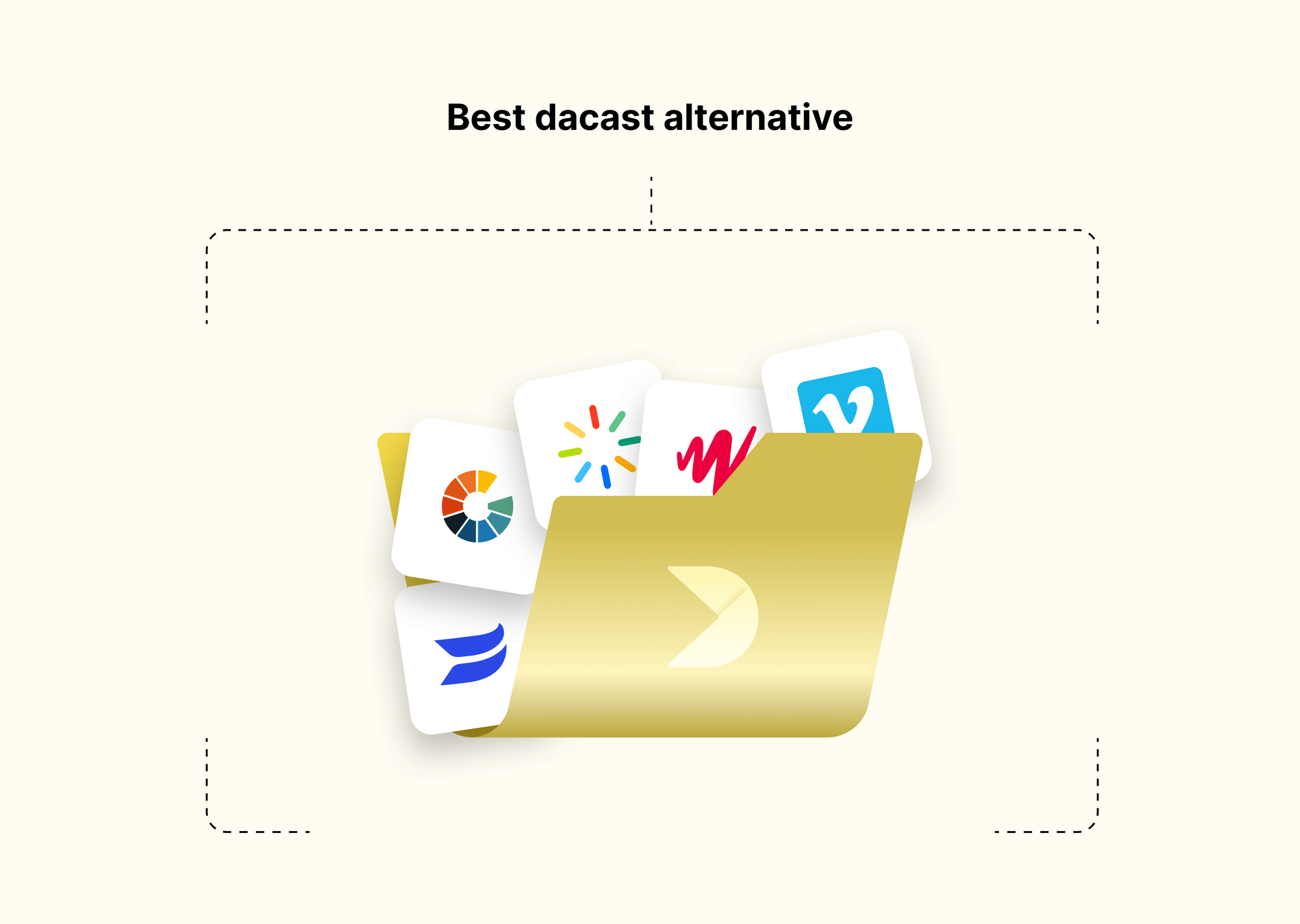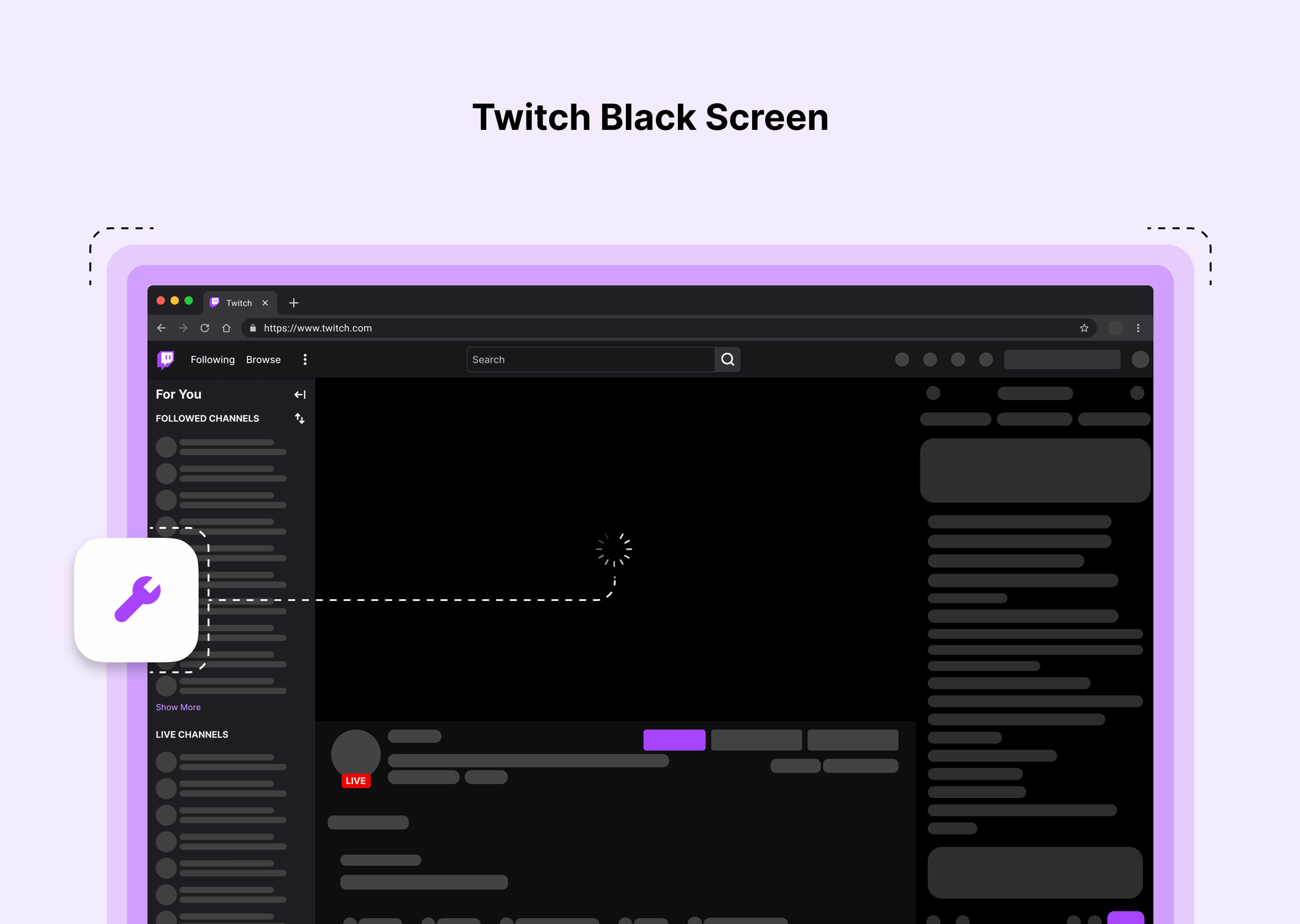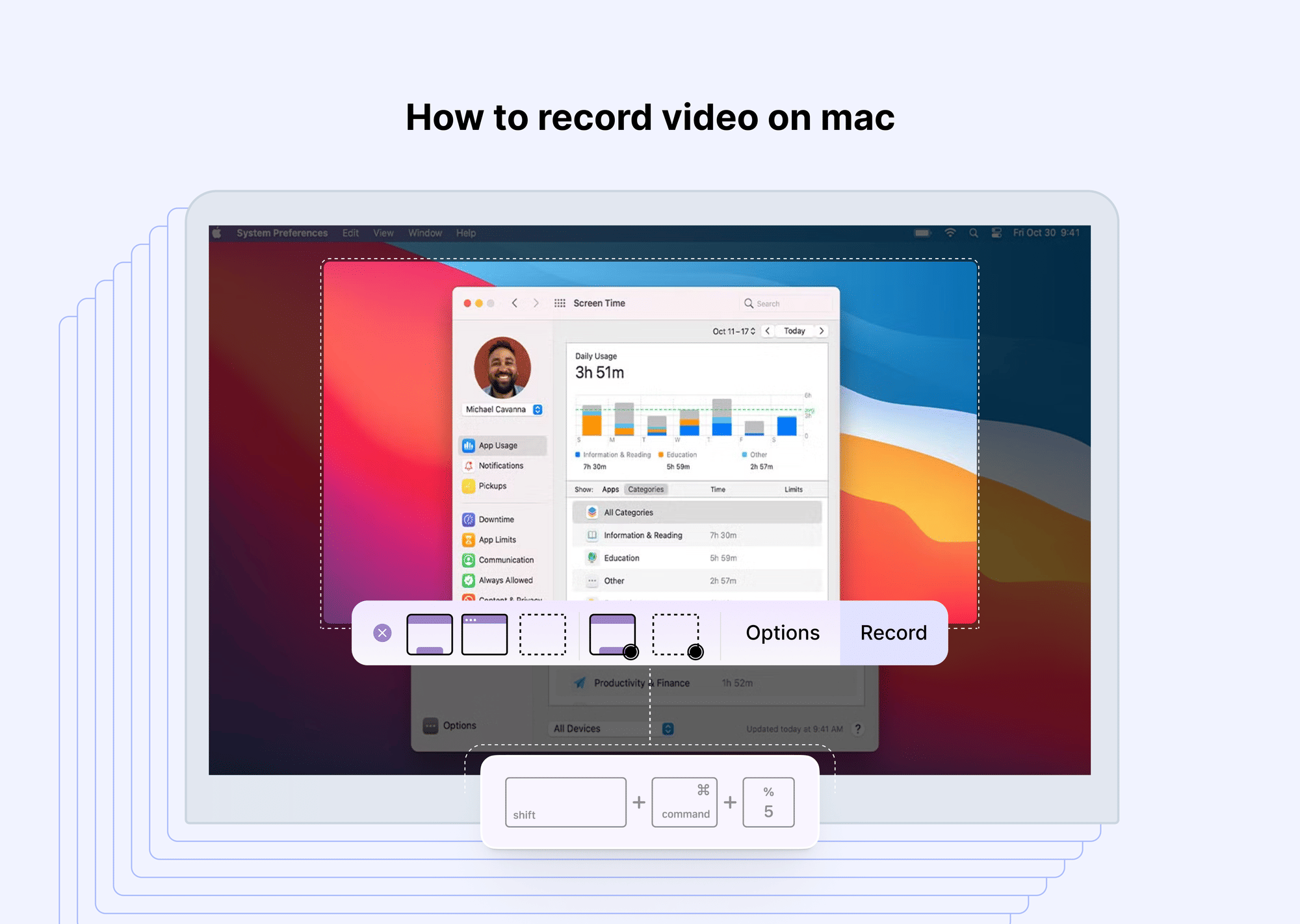In the evolving landscape of education, video content has emerged as a pivotal tool for learning and engagement. A striking statistic highlights this trend: in 2023, online video was responsible for a staggering 82.5% of all internet traffic, underscoring its dominant presence in the digital world.
Role of Video Platforms in Online Education
Video platforms, which offer a range of services from editing and delivering to monetizing video content, have become essential in this context. They are not just mediums for content dissemination; they are dynamic environments where educators can create, share, and interact with their audience in multifaceted ways. In an era where digital fluency is paramount, these platforms are invaluable for educators to meet the evolving demands of learners and to harness the full potential of video in education.
Video Platforms vs Learning Management Systems (LMS): Key Differences
While Learning Management Systems (LMS) are integral to the educational process, video platforms offer distinct advantages, particularly in terms of cost-effectiveness and functionality. Features like player customization and advanced analytics set video platforms apart. Moreover, these platforms ensure universal compatibility across various browsers and devices, a crucial aspect in today's diverse tech landscape.
Here are some more salient differences between video platforms and LMS summarized in a table:
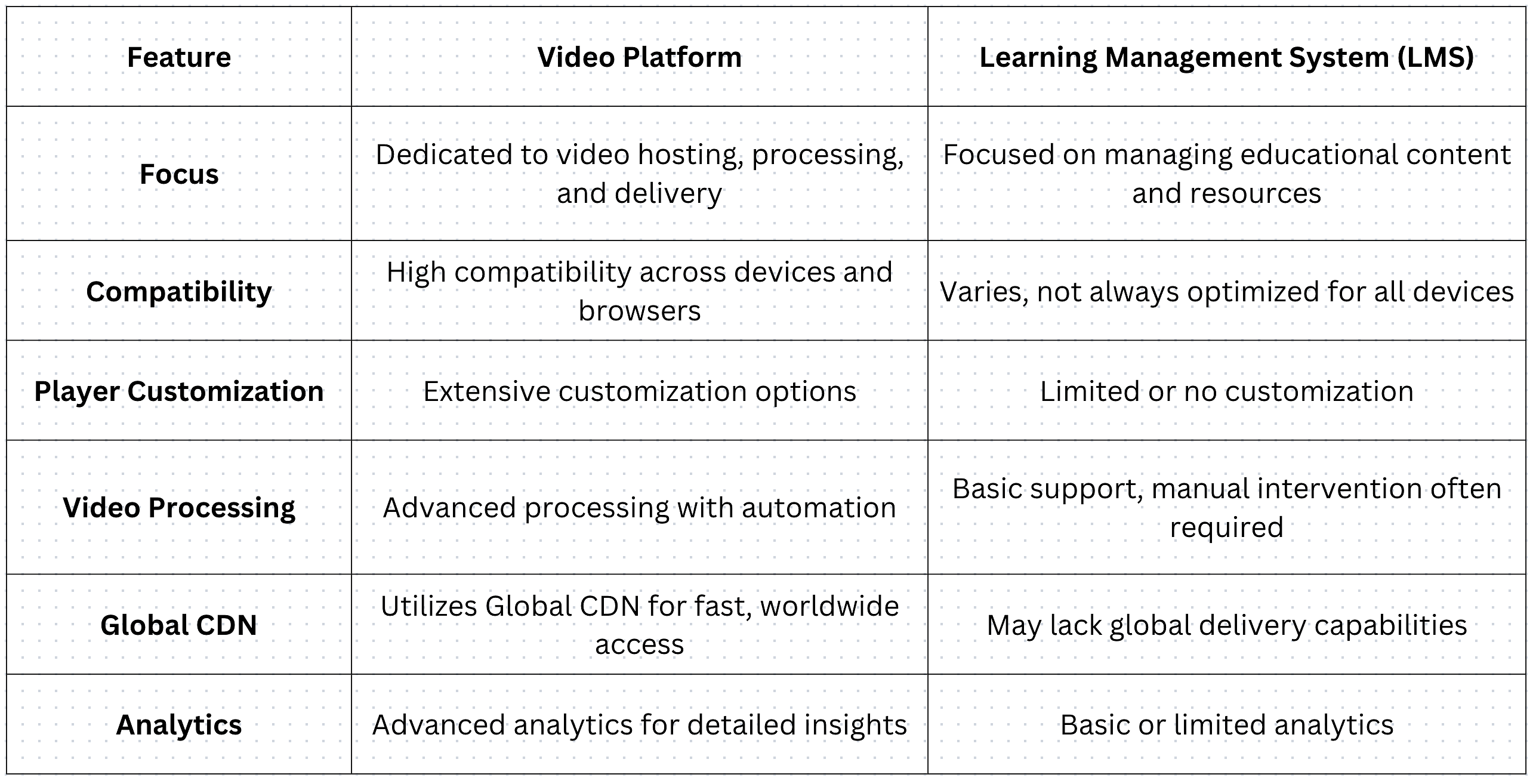
Why Use a Video Platform over LMS?
For educators, selecting the right platform is crucial, and often the decision comes down to using a dedicated Video Platform over a traditional Learning Management System (LMS). While LMSs offer a broad range of educational tools, Video Platforms are specifically designed to enhance and streamline the video-based learning experience. They offer unique advantages that are particularly aligned with the needs and goals of modern educators, such as superior video hosting capabilities, advanced video processing, global content delivery networks, and insightful analytics.
Video Hosting
Video hosting is a pivotal aspect of online education, and educators prioritizing seamless video hosting and delivery will find dedicated video platforms more aligned with their needs. These platforms are engineered to provide efficient video hosting and swift delivery, ensuring that videos are of high quality and play without delays. This is crucial for maintaining student engagement and ensuring that educational content is accessible and reliably presented.
While Learning Management Systems (LMS) are adept at managing a wide array of educational content and resources, their capabilities in video hosting can be limited. They often lack the specialized infrastructure that is essential for high-quality video playback, which can lead to longer load times and potential disruptions in the learning experience.
Video Processing
The process of preparing videos for online teaching can be complex, involving various steps like format conversion, compression, and optimization for different devices and screen resolutions. Educators seeking a streamlined video processing workflow will benefit from the advanced capabilities of video platforms. These platforms automate much of the video processing, reducing the need for manual intervention and ensuring that videos are optimized for a diverse range of devices and bandwidth conditions.
In comparison, LMS platforms may offer basic video processing support, but they typically lack the sophisticated automation and optimization features found in dedicated video platforms. This can lead to a less efficient workflow for educators and potentially lower-quality video content for students.
Global CDN (Content Delivery Network)
A Global CDN is an integral part of video platforms and is used to distribute video content across servers worldwide. This global network is crucial for educators aiming to reach a diverse and international student body. A CDN reduces latency and buffering, ensuring that videos stream smoothly and consistently, regardless of the viewer's location. This global reach is essential for providing equal learning opportunities to all students, no matter where they are.
Traditional LMS platforms may not offer optimal global delivery capabilities. Many rely on conventional server setups, which can limit the speed and quality of video streaming, especially for students located far from the server's location. This can hinder the learning experience for international students or those in regions with less robust internet infrastructure.
Advanced Video Analytics
Advanced video analytics are a cornerstone feature of video platforms, offering educators deep insights into how students engage with video content. These analytics can track metrics such as view counts, engagement rates, and viewer behavior patterns. This information is invaluable for educators to understand the effectiveness of their content, identify areas that may require additional attention, and tailor future videos to better meet student needs.
While LMS platforms may provide some level of analytics, they often lack the depth and breadth offered by dedicated video platforms. The advanced analytics in video platforms provide more nuanced data and insights, enabling educators to make more informed decisions about their teaching strategies and content design.
How to Choose an Online Video Education Platform?
Selecting the right online video education platform is a critical decision for educators. It's about finding a tool that not only conveys information but also enhances the learning experience. With numerous options available, it's essential to identify a platform that aligns with educational goals, accommodates diverse learning styles, and integrates smoothly with existing teaching methodologies.
Challenges of Traditional Video Solutions in Education
Some of the striking challenges of traditional video solutions include:
- Lack of Features: Traditional video platforms often fall short in providing specialized features for education, such as interactive learning tools and comprehensive analytics. This limitation can hinder the ability to engage students effectively and track their progress.
- Scalability Issues: Handling extensive video libraries and accommodating a large number of concurrent viewers pose significant challenges for generic video platforms. These platforms may struggle with maintaining performance and quality as the user base grows.
- Security and Compliance Issues: Protecting student data is paramount in the digital age. Traditional video solutions frequently lack robust security measures and compliance with educational data protection standards, raising concerns about the privacy and safety of student information.
Features to Consider When Choosing a Video Education Platform
Here are some of the factors that you as an educator should definitely consider before choosing a video education platform:
- Video CMS (Content Management System): A robust Video CMS allows educators to easily upload, manage, and organize video content. This feature streamlines the process of handling educational materials, making it simpler for teachers to update and modify content as needed.
- Security and Privacy Measures: With the increasing concern for data protection, especially in education, platforms with strong security and privacy measures are essential. These features ensure the safeguarding of student information and compliance with data protection regulations.
- Advanced Analytics: Analytics provide insights into how students engage with the content, offering valuable data on viewing patterns, comprehension, and areas that may need more focus. This feature aids educators in tailoring their teaching methods and content to better suit student needs.
- Integration with Learning Management Systems (LMS): Platforms that integrate seamlessly with existing LMSs provide a cohesive learning experience. This feature ensures that video content works hand-in-hand with other educational resources and administrative tools, creating a unified teaching and learning environment.
- Monetization Features: For educators and institutions looking to generate revenue from their content, monetization features are crucial. These tools enable the sale of courses or access to premium content, providing a financial return on the investment in video production and platform services.
Best Video Platform for Education
For educators looking for the best video platform, a few notable options stand out, each with unique features to enhance the educational experience.
Gumlet
Gumlet positions itself as a comprehensive solution for video hosting and streaming. Key features include:
- Seamless video hosting and processing capabilities, allowing for quick and efficient management and distribution of video content.
- Global Content Delivery Network (CDN) support, ensuring buffer-free playback and a smooth viewing experience for a global audience.
- Advanced analytics to understand viewer engagement and tailor content effectively.
- Strong DRM (Digital Rights Management) for security, protecting content from unauthorized use or piracy. It also provides features such as password-protected videos, dynamic watermarking, etc.
- Integration with various Learning Management Systems, making it a versatile tool for educators.
Gumlet's focus on ease of use, fast video streaming, and comprehensive video analytics makes it a strong contender for educational use.
Vimeo
Known for its high-quality video streaming, Vimeo supports up to 8K video streaming and offers extensive privacy options. Its monetization options are diverse, including subscription plans and paid video downloads. Vimeo is ideal for educators looking for a platform with a focus on quality and artistic content, offering a customizable video player and various branding options.
Dacast
Dacast is another platform that educators might consider. While specific details were not retrieved in this search, Dacast generally offers live-streaming services along with video hosting, which could be beneficial for educational purposes.
Kaltura
Kaltura is often praised for its wide range of features tailored for education. It provides flexible hosting options and is known for its integration capabilities with various educational tools and Learning Management Systems.
Echo 360
Echo 360 focuses on interactive learning, combining video hosting capabilities with engagement tools for students, which can be particularly beneficial in an educational setting.
Each platform offers unique benefits, and the choice largely depends on the specific needs and goals of the educational program. For instance, if a strong emphasis is placed on content security and detailed analytics, Gumlet would be a suitable choice.
Here’s a quick summary of how these tools stand out against each other when compared with different features:
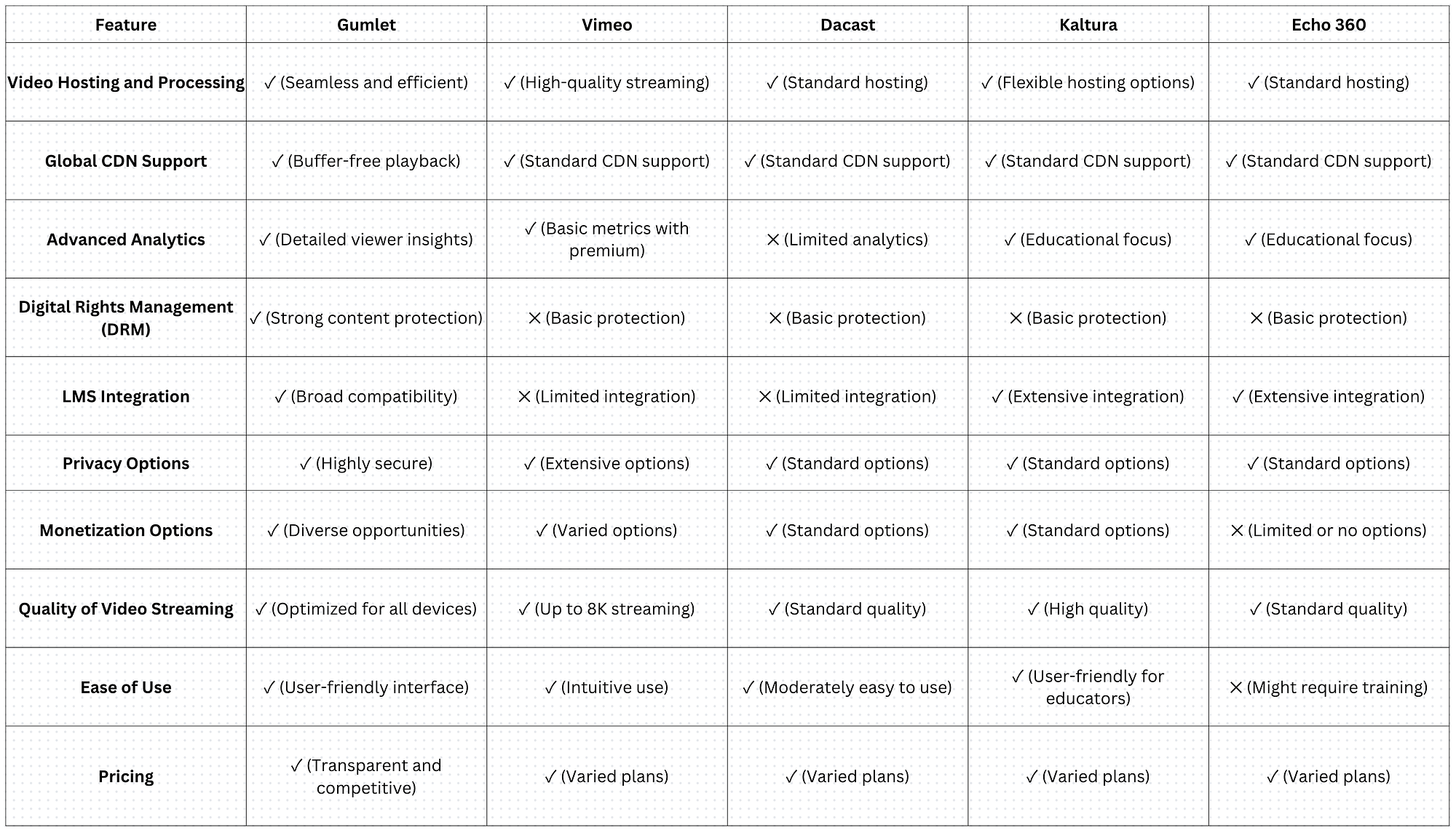
Conclusion
In conclusion, video platforms are indispensable in the realm of online education, offering unparalleled features that enhance learning experiences. They address the limitations of traditional methods and Learning Management Systems, making them a superior choice for educators.
FAQs
1. List some free video platforms for education.
Free video platforms like Edpuzzle and Google Classroom offer interactive video lessons for educators but have varying features and limitations, with Edpuzzle's free version having limitations on video creation and storage.
2. Why use a video platform instead of YouTube for educational content?
Dedicated video platforms for education offer better control over content, advanced analytics, and learning features like interactive quizzes and assignment integration, unlike YouTube's limitations in providing these features.
3. How are analytics important when using video education platforms?
Video education platforms use analytics to enhance learning experiences by analyzing student interactions with content. This data helps educators identify effective content parts, areas for improvement, and different student engagement patterns. Platforms like Gumlet offer advanced analytics for tracking student progress.
4. What are the challenges of being an online tutor?
- Technology dependence: Requires strong technical skills and a reliable internet connection.
- Time management: Balance your tutoring schedule with other commitments.
- Communication: Creating a positive and engaging learning environment online.
Student motivation: Helping students stay focused and on track in a virtual setting.


